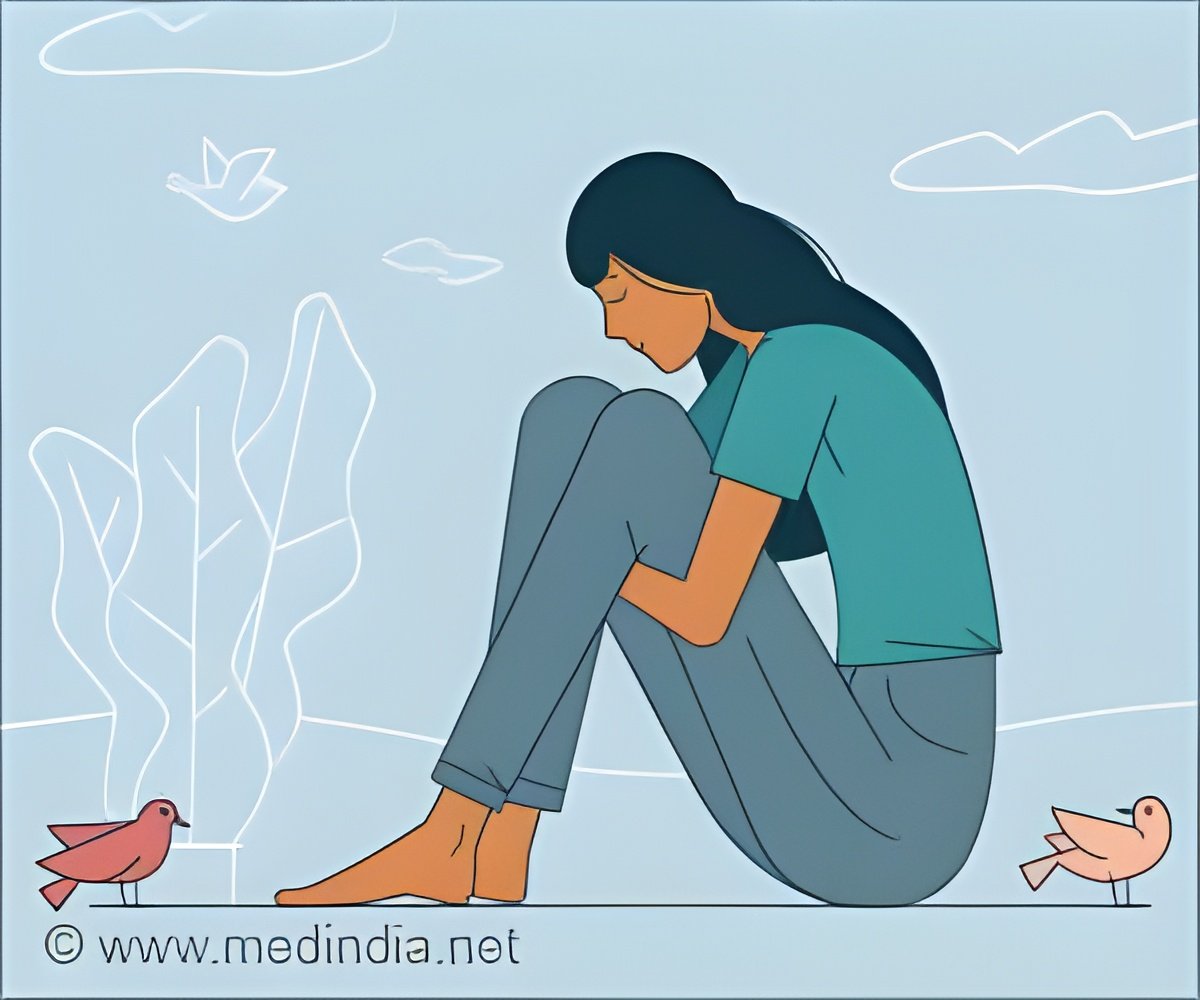Research suggests that loneliness can create confusion between genuine friends and cherished fictional characters, activating the same brain area.

The boundary between real and fictional others in the medial prefrontal cortex is blurred in lonelier individuals
Go to source). For the study conducted by the US-based Ohio State University, the researchers scanned the brains of people who were fans of "Game of Thrones" while they thought about various characters in the show and about their real friends and all the participants had also taken a test measuring loneliness.
‘According to a new study, loneliness can lead to a blending of the lines between real-life friends and beloved fictional characters, as they trigger the same brain regions.
#Loneliness, #Friends, #Brain
’





“The difference between those who scored highest on loneliness and those who scored lowest was stark,” said Dylan Wagner, co-author of the study and associate professor of psychology at Ohio State University. The researchers involved scanning the brains of 19 self-described fans of the series while they thought about themselves, nine of their friends, and nine characters from the series.
Participants' brains were scanned in an fMRI machine while they evaluated themselves, friends, and "Game of Thrones" characters.
Loneliness Effect on Friend-Fiction Distinction
An fMRI indirectly measures activity in various parts of the brain through small changes in blood flow. While in the fMRI machine, participants were shown a series of names, sometimes themselves, sometimes one of their nine friends, and other times one of the nine characters from "Game of Thrones."The team wanted to know what was happening in a part of the brain called the medial prefrontal cortex (MPFC), which shows increased activity when people think about themselves and other people.
They asked participants to simply respond "yes" or "no" to whether the trait accurately described the person while the researchers simultaneously measured activity in the MPFC portion of their brains and compared results from when participants were thinking about their friends to when they were thinking about the fictional characters.
Advertisement
The findings suggest that lonely people may turn to fictional characters for a sense of belonging that is lacking in their real life and that the results can be seen in the brain, he added.
Advertisement
- The boundary between real and fictional others in the medial prefrontal cortex is blurred in lonelier individuals - (https://academic.oup.com/cercor/article-abstract/33/16/9677/7217125?redirectedFrom=fulltext)









